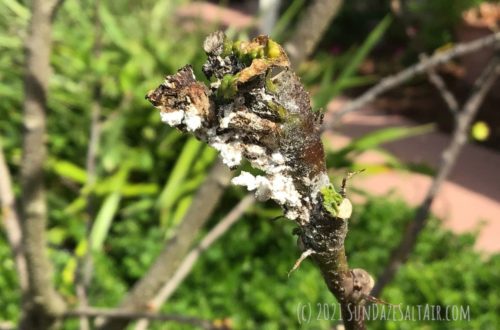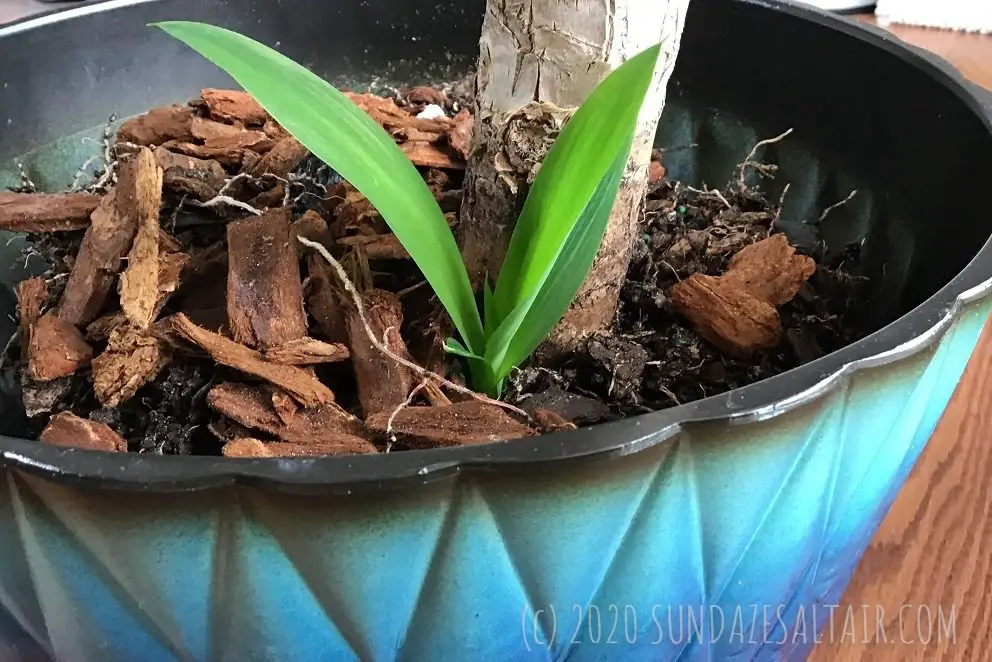
What Is Growing Out Of My Yucca? How To Easily Grow A New Yucca From Side Shoots
Propagate A New Yucca Plant with Yucca Side-Shoots
You may have noticed something growing out of your yucca plant… What exactly are these growths and how can they help you grow a whole new yucca plant? Read on to find out… The yucca, of course, is a widely popular plant that makes both an attractive, effortless houseplant, as well as a desert-like addition to any garden. With a hardy nature that is adaptable to a variety of climates and conditions, as well as distinctive looks that recall its desert roots, it’s not hard to see why yuccas are a perennial favorite. While there is diversity in the yucca family, one constant with yuccas is how easy it is to propagate a yucca. Which brings us to these growths you are inquiring about… These growths, also known as side-shoots, offsets, or pups, are your yucca’s method of reproduction, and a reliable one for succulents.
And you guessed it — you can grow a brand-new yucca just from these growths on the side of your yucca’s stem!
Read on to learn how you can quickly and easily harvest these growths to grow new, self-contained yuccas from the side shoots growing on your plant.
**To find out why your yucca is drooping and how to fix it, click here.
**Paying too much for your homeowners insurance? Find out how to lower your premiums here…

Before you start propagating, let’s discover exactly where you can grow your yuccas outdoors…
Where Can You Grow a Yucca Plant Outdoors in the United States?
Although it is native to the desert Southwest, Texas and the badlands of California, the diverse yucca plant has a very adaptable nature that is part of its appeal. While yucca may have its roots in the sandy soils of arid desert regions, its versatile, evergreen nature is adaptable to a variety of climates and conditions — with one big exception… According to the USDA, yucca can grow outdoors in United States plant hardiness zones 5 through 10, with certain exceptionally hardy varieties extending that grow zone from 3 all the way to 11. As versatile as yucca is, however, the one condition yucca cannot abide is soggy, cold dampness. So, if you live in a damp, rainy region, be sure your yucca is kept indoors, and always in pots and soil with excellent drainage.
Now, let’s propagate some yuccas…
What Are Yucca Side Shoots. Offshoots, Offsets or Pups? Different Words to Describe Baby “Clones” Of the Parent Plant
How A Yucca Reproduces
If you have of one of these unique desert plants adorning your home or garden, you have probably noticed what appear to be leaves sprouting out of the side of your yucca’s stem. These leaves are “side shoots,” also known as offshoots, offsets, or pups, and are essentially little clones of your yucca that grow at the base of your plant from underground stems called rhizomes.
Yucca Side Shoots: The Easiest Way for Yucca to Create the Next Generation
While the yucca is able to reproduce in two different ways — by producing seeds as well as side shoots — not surprisingly, seeds are a much less dependable form of reproduction. In the wild, seeds are scattered into the air, where they are at the mercy of the elements. As they wait for a good rainstorm in order to germinate, they could easily become dinner or end up washed away.
On the other hand, yucca side shoots, or pups, are small, fully formed plants that develop from the parent plant’s own rhizomes, which are basically fleshy underground roots. As they grow, these side shoots live off the parent’s roots which provide them with essential water and nutrients.
When Do Yucca Offshoots or Pups Grow?
The mother or parent yucca plant produces side shoots typically in the spring or summer months, but they can appear any time throughout the year. Interestingly, side shoots are likely to appear when the parent plant is under some stress, environmental pressure, or suffers damage. In these cases, we can clearly see how side shoots serve as a sort of “last ditch” attempt at reproduction in case the plant dies. How is that for efficiency and cutting to the chase? Not to mention, it bypasses the toxic dating scene. Seriously though, yucca ensures its legacy lives on through these growths, but once you spot them, what exactly do you do with them?
Tip! When shopping for a yucca, remember that the more shoots growing out of a yucca, the more new yuccas you can grow.
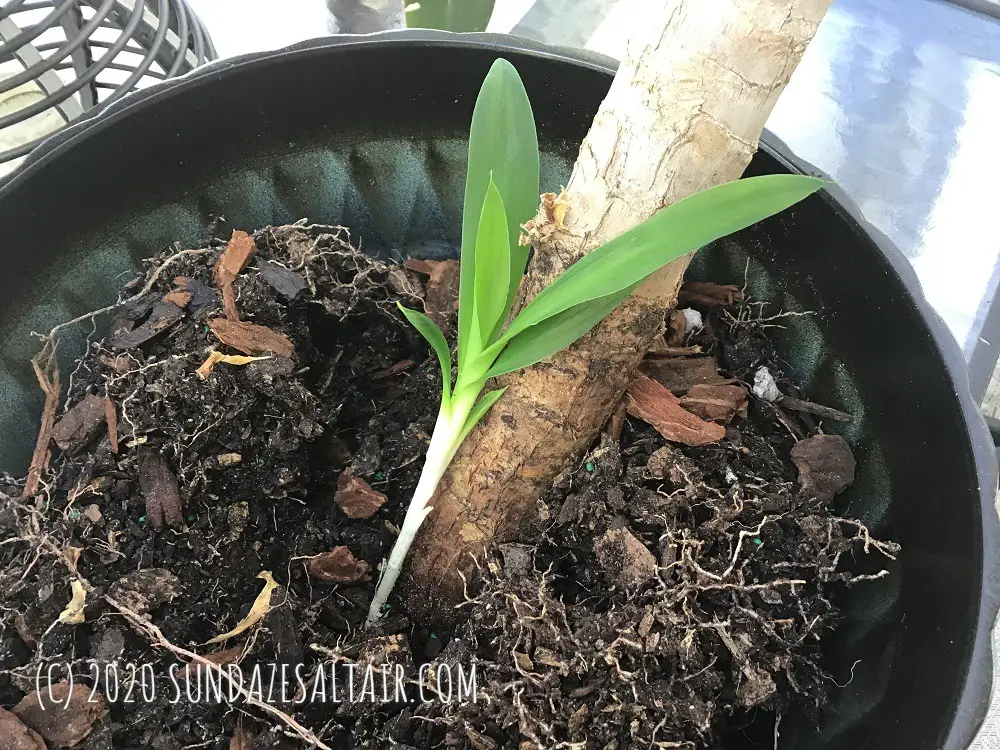
When Can You Remove Yucca Side Shoots from the Parent Plant?
While you do not have to remove these side shoots, or pups, from the parent plant, if they are not removed, they will continue to grow on the parent as a clump of yucca. So, if you are going to remove them to “clean up” your plant, then why not pot them and create a new plant in the process?
How Do You Know the Side Shoot Is Ready for Removal?
Consider Color
While you can remove side shoots from a mature yucca plant at any time during the year, make sure the side shoot is mature enough itself to survive without the parent. One sign is the color of the shoot. If the side shoot appears pale and whitish, it is too young to remove from the parent. If the side shoot is green, however, it has the ability to manufacture its own chlorophyll which is essential to survive on its own.
Consider Size
Another important thing to look for is that the side shoot has at least a 1/4-inch-long stem. The ideal time to remove a side shoot could be anytime from when you repot your yucca in the spring until the fall. Some horticulturalists recommend that it is preferable to remove a side shoot when the parent yucca has entered its slow growing phase in the fall. The idea is that removal in the slow growing fall season does the least amount of damage to the parent plant. However, this may not always be practical to wait till the fall, so use your best judgment. If your yucca is in good shape, it should be able to withstand the removal. If not, it may already be dying and now, at least you have its offspring to plant.
How Do You Remove Yucca Side Shoots from The Parent Plant?
First, you will want to remove as much of the dirt around the base of the pup you wish to transplant. This allows you to see what you are working with. Once the dirt is out of the way and you are able to determine that the side shoot has at least a 1/4-inch-long stem, you can either break the side shoot off where the stem meets your yucca plant or use shears or a sharp knife to cut between the parent and the pup. As you do so, try to remove some of the root that is attached to the parent. This established root system from the parent will serve as the foundation for the new root system for the pup.
TIP! Remember, older side shoots that have formed some roots will develop into larger, healthy plants faster than those that have not yet developed roots.
How To Plant a Yucca Side Shoot to Grow a New Yucca
Side shoots that have already begun to form their own roots can be immediately planted into a fresh pot of soil where they will grow into a whole new yucca.
To do this, take the separated side shoot and replant it in a pot with a combination of soil and perlite for aeration or cactus or succulent potting mix. Even if you live in a climate where yuccas can grow well outdoors, prior to planting your new yucca in the ground, first plant it in a pot until it becomes more established. Once it does get more rooted, you can then transplant the fledgling side shoot into the location of your choice.
Conclusion: Follow These Tips to Easily Grow Your Own Brand-New Yucca from a Side Shoot
How easy is that? That’s all it takes, and before you know it, your fledgling yucca should establish itself and grow into a handsome, mature yucca. In no time at all, you will have a new yucca houseplant or addition to your landscape. You can even give a potted “baby” yucca as a “living” gift for a plant-loving friend. Bookmark this page to follow these simple steps to easily turn your one yucca plant into a pack of baby yuccas, thereby providing your yucca with the opportunity to pass it genes onto the next generation.
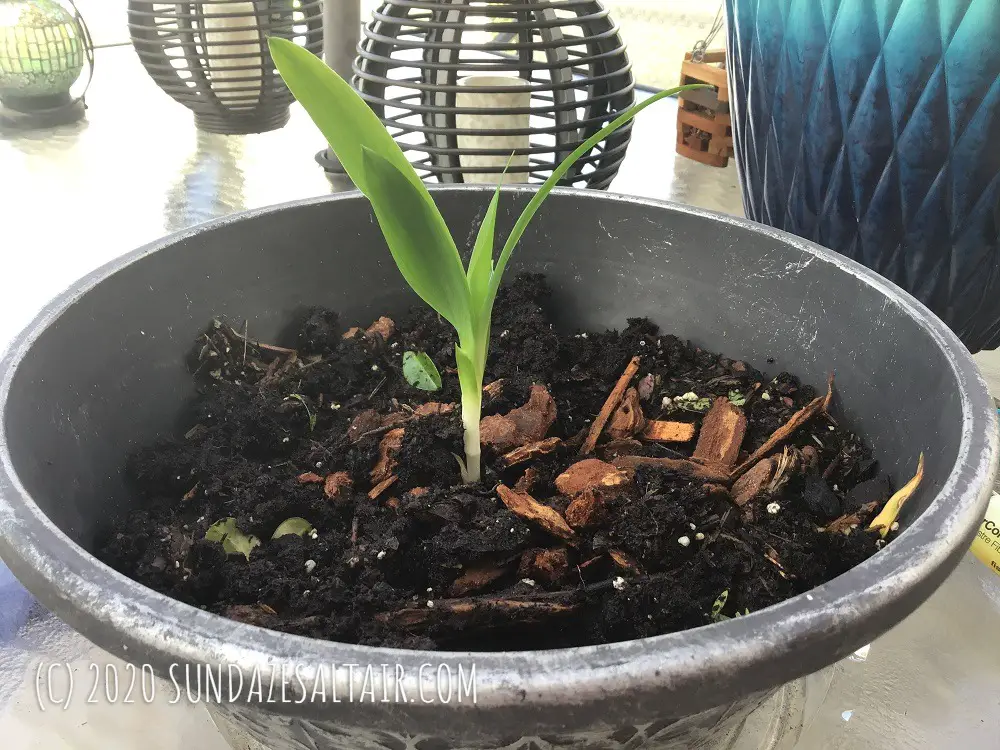
********
Do you propagate your yuccas or other plants? Share your propagation success secrets in the comments.


You May Also Like
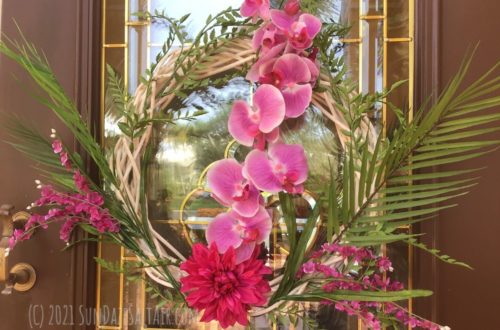
How To Make A Tropical Wreath
April 30, 2021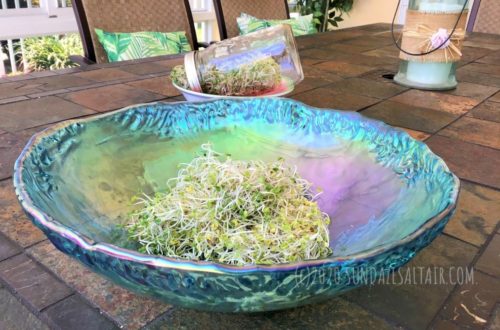
Can Sulforaphane In Broccoli Sprouts Fight Effects Of Aging, Inflammation & Progerin On Body & Skin Wrinkles? Plus How To Grow Broccoli Sprouts At Home
May 28, 2021